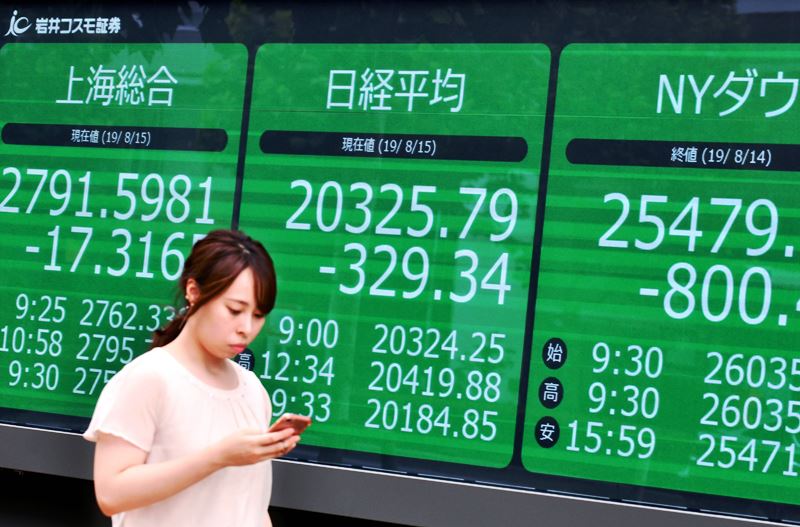Asian share indexes edged slightly higher on Wednesday as investors looked beyond weak U.S. economic data and corporate warnings about tariff impacts. Despite this cautious optimism in Asia, the dollar struggled to gain ground amid growing expectations that the U.S. Federal Reserve may cut interest rates soon. European markets are also expected to open higher, though some companies like Novo Nordisk reported second-quarter sales growth below analyst expectations.
U.S. stock futures showed some recovery after an earlier dip, with Nasdaq and S&P 500 futures rising modestly. However, shares of AI chip maker Advanced Micro Devices (AMD) fell sharply by 6.6% after-hours due to disappointing revenue from its data center business. Analysts see risk assets caught between robust U.S. corporate earnings driven by the AI sector and the negative drag from tariffs which are hurting growth and increasing inflationary pressures.
Recent U.S. economic data highlighted challenges including a flat services sector in July, weakening employment, and rising input costs, all linked to ongoing tariffs under President Donald Trump’s administration. Companies like Yum Brands and Caterpillar have already reported earnings affected by trade duties, with Caterpillar warning tariffs could cost it up to $1.5 billion this year. Meanwhile, Asia-Pacific share performance was mixed, with Japan’s Nikkei gaining 0.6%, Australia’s resource stocks rising 0.8%, but the broad MSCI Asia-Pacific excluding Japan slipping slightly.
U.S. trade policy remains in focus as tariffs on semiconductors and pharmaceuticals are expected soon, and talks of a trade deal with China continue amid tariff threats to other nations like India. The Reserve Bank of India held interest rates steady even as tariff tensions affect exports. In currency markets, the dollar index remained steady after a recent drop due to weak U.S. jobs data, sustaining market bets on an imminent Fed rate cut.
This summary captures the current market mood shaped by trade policy uncertainties, uneven corporate earnings, and shifting expectations on monetary policy, reflecting a complex backdrop for investors across Asia and globally.



